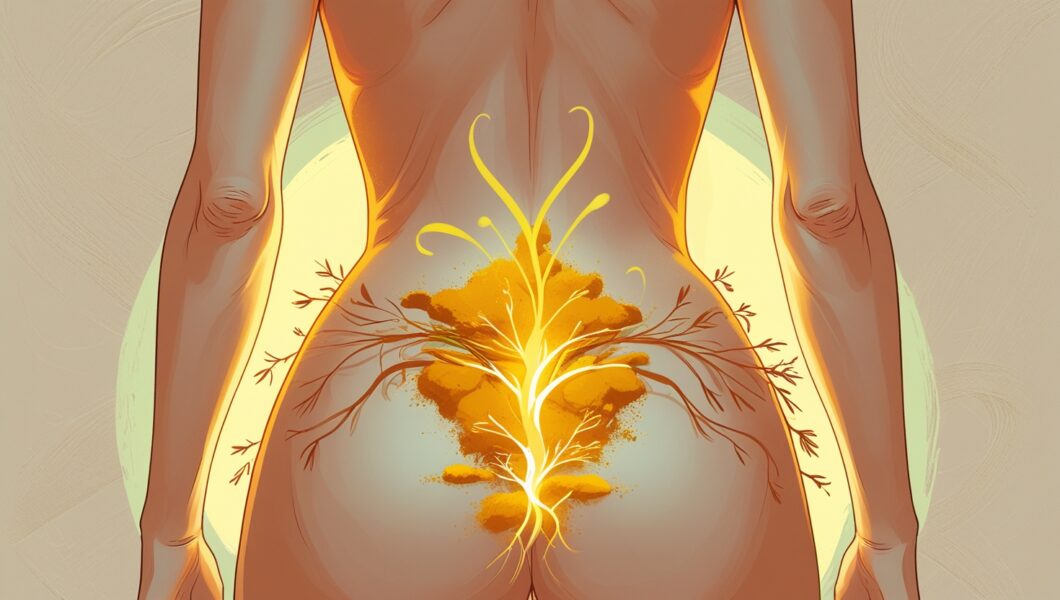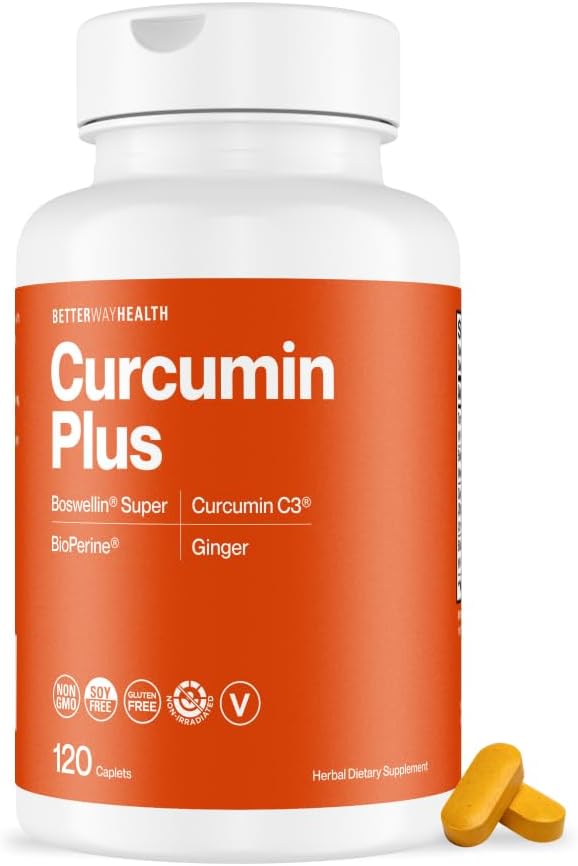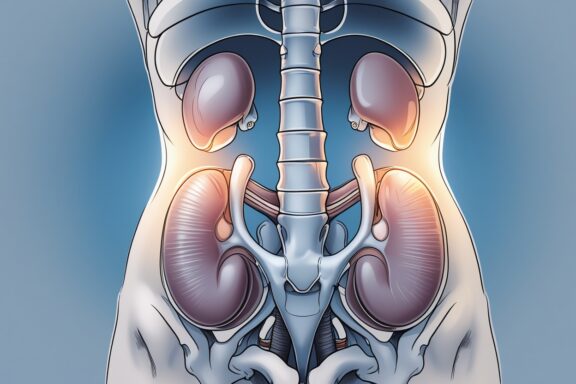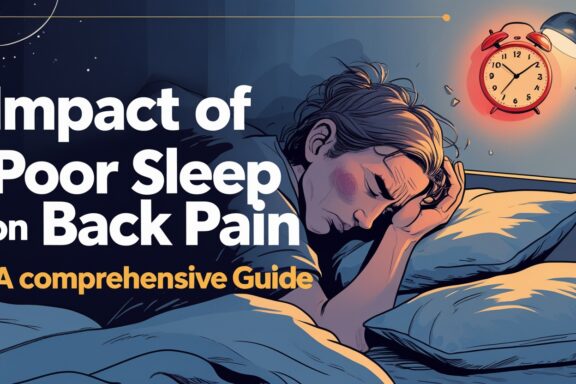Lower back pain got you down? You're not alone—millions of people worldwide are searching for natural alternatives to traditional pain medications. Enter turmeric, the golden spice that's been making waves in the wellness community. But does this ancient remedy actually deliver on its promises for back pain relief?
Lower back pain is, quite frankly, a real pain in the… well, back! It's one of those nagging issues that can turn your daily routine upside down faster than you can say “ouch.” Whether you're dealing with chronic discomfort or acute episodes, you've probably wondered if there's a natural solution hiding in your spice cabinet.
Here's where things get interesting. Turmeric, that vibrant yellow spice commonly found in curry dishes, has been generating serious buzz as a potential game-changer for pain management. But hold on—before you start sprinkling it on everything like fairy dust, let's dive deep into what the science actually says about turmeric for lower back pain relief.
Understanding Lower Back Pain: The Basics
Lower back pain doesn't discriminate—it affects office workers hunched over computers, athletes pushing their limits, and everyone in between. The lumbar region of your spine bears the brunt of daily activities, making it particularly vulnerable to strain and injury.
Most cases of lower back pain fall into two categories: acute (lasting less than six weeks) and chronic (persisting for three months or longer). Common culprits include muscle strains, herniated discs, arthritis, and poor posture. Inflammation plays a starring role in many of these conditions, which is precisely where turmeric enters the spotlight.
What Makes Turmeric Special?
Turmeric (Curcuma longa) isn't just any ordinary spice—it's been a cornerstone of traditional medicine for over 4,000 years! The secret weapon in turmeric is curcumin, a powerful compound that gives the spice its distinctive golden color and remarkable anti-inflammatory properties.
Curcumin comprises only about 2-3% of turmeric by weight, but don't let that small percentage fool you. This bioactive compound has been the subject of thousands of scientific studies, many of which focus on its potential to reduce inflammation and alleviate pain. It's like finding a diamond in the rough—small but incredibly valuable.
The Science Behind Turmeric for Lower Back Pain
Anti-Inflammatory Powerhouse
Research suggests that curcumin works by inhibiting several inflammatory pathways in the body. A study published in the Journal of Medicinal Food found that curcumin can suppress the activity of cyclooxygenase-2 (COX-2) and lipoxygenase, enzymes involved in the inflammatory process.
Dr. Janet Funk, a researcher at the University of Arizona, noted in her research: “Curcumin's anti-inflammatory effects are comparable to those of some pharmaceutical drugs, but with fewer side effects.” This is particularly relevant for back pain sufferers who want to avoid the long-term use of NSAIDs (non-steroidal anti-inflammatory drugs).
Pain Reduction Studies
A randomized controlled trial published in BMC Complementary Medicine and Therapies examined the effects of curcumin supplementation on chronic low back pain. The study found that participants who took curcumin extract experienced significant pain reduction compared to the placebo group. Pretty impressive, right?
Another study in the European Review for Medical and Pharmacological Sciences showed that curcumin supplementation reduced pain scores and improved mobility in patients with chronic back pain. The researchers concluded that curcumin could be “a safe and effective alternative to conventional pain medications.”
How Does Turmeric Work for Back Pain Relief?
Multiple Mechanisms of Action
Turmeric doesn't just work through one pathway—it's like a Swiss Army knife for pain relief! Here's how it tackles lower back pain:
- Reduces inflammation by blocking inflammatory enzymes
- Modulates pain perception by affecting neurotransmitter pathways
- Promotes tissue healing through antioxidant activity
- Improves blood circulation to affected areas
Bioavailability Matters
Here's the catch—curcumin alone has poor bioavailability, meaning your body doesn't absorb it well. However, combining it with black pepper (containing piperine) can increase absorption by up to 2,000%! It's like upgrading from economy to first class—same destination, much better experience.
Dosage and Usage Guidelines
Recommended Dosages
So, how much turmeric should you take for lower back pain? Well, it's not as simple as dumping a teaspoon into your morning coffee (though that wouldn't hurt!). Research suggests:
- Curcumin extract: 500-1,000mg daily
- Turmeric powder: 1-3 grams daily
- Fresh turmeric root: 1.5-3 grams daily
Best Ways to Consume Turmeric
There are several ways to incorporate turmeric into your pain management routine:
- Supplements: Standardized curcumin extracts offer consistent dosing
- Golden milk: A delicious bedtime drink with turmeric, milk, and spices
- Cooking: Add fresh or dried turmeric to curries, soups, and smoothies
- Turmeric tea: Steep fresh turmeric root or powder in hot water
Remember, consistency is key! You wouldn't expect to see results from exercising just once, and the same principle applies to turmeric supplementation.
Potential Side Effects and Precautions
Who Should Be Cautious?
While turmeric is generally safe for most people, it's not a one-size-fits-all solution. Some individuals should exercise caution:
- People taking blood-thinning medications (turmeric can increase bleeding risk)
- Those with gallstones or bile duct obstruction
- Individuals scheduled for surgery (stop taking 2 weeks prior)
- People with iron deficiency (turmeric can inhibit iron absorption)
Common Side Effects
Most people tolerate turmeric well, but some may experience:
- Stomach upset or nausea
- Dizziness
- Increased bleeding tendency
- Skin rash (rare)
Combining Turmeric with Other Natural Remedies
Synergistic Approaches
Why put all your eggs in one basket? Combining turmeric with other natural remedies can potentially enhance its effectiveness:
Ginger: Another anti-inflammatory powerhouse that works well with turmeric Omega-3 fatty acids: Found in fish oil, these complement turmeric's anti-inflammatory effects Boswellia: An herb that targets different inflammatory pathways Physical therapy: Movement and exercise remain crucial for back pain management
Lifestyle Modifications
Turmeric isn't a magic bullet—sorry to burst that bubble! It works best as part of a comprehensive approach that includes:
- Regular exercise and stretching
- Proper posture and ergonomics
- Stress management techniques
- Adequate sleep
- Healthy diet rich in anti-inflammatory foods
What the Experts Say
Dr. Andrew Weil, a renowned integrative medicine physician, states: “Turmeric is one of the most potent natural anti-inflammatories available. For chronic pain conditions like back pain, it offers a safer alternative to long-term NSAID use.”
Similarly, research from the Phytotherapy Research journal emphasizes that “curcumin's multi-target approach makes it particularly suitable for managing complex pain conditions involving inflammation.”
Frequently Asked Questions
Q: How long does it take for turmeric to work for back pain? A: Most people notice improvements within 4-6 weeks of consistent use, though some may experience benefits sooner.
Q: Can I take turmeric with my current pain medications? A: Always consult your healthcare provider before combining supplements with medications, especially blood thinners.
Q: Is fresh turmeric better than supplements? A: Both have benefits—fresh turmeric provides additional nutrients, while standardized extracts ensure consistent curcumin content.
Q: Can turmeric completely replace my pain medication? A: Turmeric should complement, not necessarily replace, conventional treatments. Work with your doctor to develop an appropriate plan.
Q: Are there any foods that enhance turmeric's effectiveness? A: Yes! Black pepper, healthy fats (like coconut oil), and heating can all improve absorption.
Real-World Success Stories
Many people have found relief incorporating turmeric into their back pain management routine. While individual results vary, online forums and testimonials frequently mention improved mobility and reduced reliance on over-the-counter pain medications.
One thing's for certain—the growing body of research supporting turmeric's anti-inflammatory properties is hard to ignore. Combined with its excellent safety profile, it's no wonder more healthcare providers are recommending it as part of integrative pain management approaches.
Final Thoughts: Is Turmeric Worth Trying?
So, does turmeric really work for lower back pain? The evidence suggests it can be a valuable tool in your pain management toolkit. While it may not work miracles overnight, the anti-inflammatory properties of curcumin offer genuine potential for reducing pain and improving quality of life.
The beauty of turmeric lies in its gentle approach—unlike harsh pharmaceuticals that can cause significant side effects, this golden spice works with your body's natural healing processes. However, remember that sustainable pain relief typically requires a multi-faceted approach.
If you're dealing with persistent lower back pain, consider giving turmeric a try—but don't go it alone! Work with your healthcare provider to develop a comprehensive treatment plan that addresses the root causes of your discomfort. After all, your back deserves the best care possible, and sometimes that means thinking outside the conventional medicine box.
Whether you choose supplements, golden milk, or simply add more curry to your diet, turmeric offers a promising, natural path toward better back health. Just remember: patience and consistency are your best friends on this journey to pain relief!







